The Weekly Edge: Adieu Kuzu, State of the Graph, NetworkX on Neptune Analytics, & More [17 October 2025]
![The Weekly Edge: Adieu Kuzu, State of the Graph, NetworkX on Neptune Analytics, & More [17 October 2025] The Weekly Edge: Adieu Kuzu, State of the Graph, NetworkX on Neptune Analytics, & More [17 October 2025]](https://gdotv.com/wp-content/uploads/2025/10/kuzu-archived-networkx-neptune-analytics-weekly-edge-17-october-2025.png)
Oof, this week was, to paraphrase Dickens, the best of graph news and the worst of graph news, it was the spring of hope, it was the winter of despair. Even if you think I’m overselling it, this edition of the Weekly Edge hits different.
This blog series is like your Discover Weekly playlist for all things graph tech – curated by the team at gdotv – but for the first time our coverage includes not just the hits but also the obits of the graph database community.
Here’s the news the last week delivered to our door:
- KuzuDB has been suddenly and permanently archived, leaving us forever
- A new State of the Graph project is in the works to help map the industry
- The latest TinkerPop Wide livestream cooks with NetworkX, agentic AI, and Neptune
- The Catio team just released an agent that answers questions about your graph
- city2graph converts geospatial data into graphs for spatial network analysis & GNNs
Now for a closer look.
[Sad News:] It’s the End of the Kuzu World (As We Know It)
Adieu, Kuzu. On October 10th, Kuzu DB was quickly and quietly archived on GitHub, and immediately afterwards, there was a great disturbance in the graph tech ecosystem, as thousands of voices suddenly cried out in terror and then shared their reactions on LinkedIn (including us). Something terrible had happened: the world’s only embeddable graph database had disappeared without warning.
But it wasn’t all panic at the graph disco. Lots of people paid loving tribute to what the Kuzu team – including Semih Salihoğlu, Ardan Arac, Prashanth Rao, and many others – had built over the years. We are particularly partial to the takes from gdotv Supreme Leader Arthur Bigeard, and the Mon Mothma of the Graph Republic Amy Hodler, Founder of GraphGeeks, who even set up a #kuzudb-next-steps channel on the GraphGeeks Discord for further discussion.
There’s been lots of talk about what comes after Kuzu, and your correspondent will cover a summary of those announcements next week. For the moment, let’s pour one out for the OG embeddable graph database. Kuzu was named after the Sumerian word for wisdom, so it’s fitting that now we say “silim,” Sumerian for goodbye.
[Good News:] Announcing the State of the Graph
In non-sad news this week, a new State of the Graph project has been announced that aims to become a comprehensive, up-to-date overview of the entire graph technology landscape. The project is headed up by three well-known members of the graph community:
- George Anadiotis, of Year of the Graph and Connected Data London fame
- Anisha Mane, of Anisha Creatives
- My former Neo4j colleague Maya Natarajan, Founder of node2node and VP at thatDot
Given the Cambrian explosion of graph technology tools, query languages, databases, visualizers, and query engines in the past 10 years, it’s high time we needed a better map of the territory. Sign up for the State of the Graph waitlist or follow them on LinkedIn for more updates.
[Watch:] TinkerPop Wide: Graph-Enhanced AI Memory & NetworkX Cloud Analytics with Amazon Neptune
If you’re new to the Apache TinkerPop™ ecosystem, TinkerPop Wide videos always promise a lengthy, in-depth discussion on their chosen technical topic that leaves no stone (repo?) unturned – and their latest livestream didn’t disappoint.
This past week’s episode featured Stephen, Andrew, and Andy as they discussed graph-enhanced memory for agentic AI. In particular, they looked at nx-neptune, a new project integrating NetworkX and Amazon Neptune Analytics that combines vector embeddings (traditional AI memory) with graph structures to create richer memory representations and improves result accuracy. So make some popcorn or grab a cuppa because it’s not short but gives you plenty to learn and think about.
[Release:] Ask Your Graph Questions with GraphQA
The team at Catio models cloud architectures all day, and it didn’t take too long before they realized every cloud architecture is a graph. So they developed GraphQA: an agent that treats your cloud architecture as a graph, uses graph algorithms to reason over them, and then answers your natural-language questions with graph-native answers.
This past week, Co-Founder Iman Makaremi announced that Catio has open sourced GraphQA for everyone. Built with LangChain, Langfuse, and more, GraphQA uses NetworkX to expose and compute graph relationships, and they plan to support cuGraph, Neo4j Graph Data Science (GDS), and TigerGraph in the future. Check out the project on GitHub to try it out for yourself.
[Repo:] Get Mapping & Graphing with city2graph
Great news for graph + geospatial folks out there: Yuta Sato and others from the Geographic Data Science Lab recently released city2graph v0.1.6 into the wild. city2graph is a Python library that transforms geospatial datasets – think streets, buildings, transit networks, and mobility flows – into graph representations for spatial network analysis and graph neural networks (GNNs). (For more transit-networks-as-graphs, check out this great blog post on graph creation with Nodestream by my colleague Amber Lennox.)
According to the official announcement, the city2graph library includes integrations with GeoPandas, NetworkX, and Pytorch Geometric, and aims to help developers create GeoAI and geographic data science applications. Thanks to my colleague Christian for suggesting this one!
That’s it for this week’s edition. Got something you want to nominate for inclusion in a future edition of the Weekly Edge? Ping us on on X | Bluesky | LinkedIn or email weeklyedge@gdotv.com.
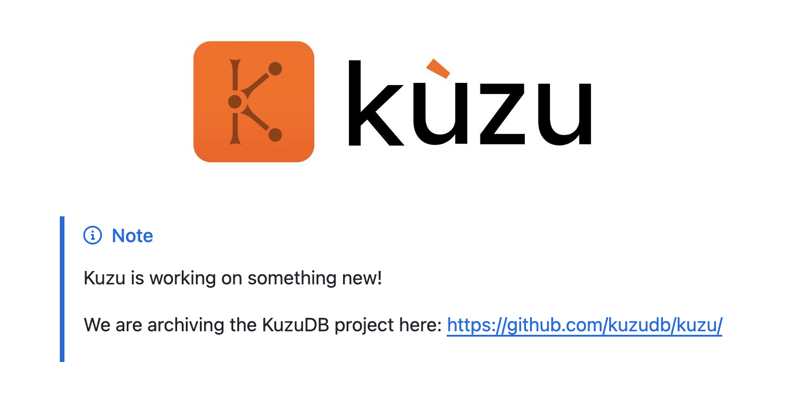
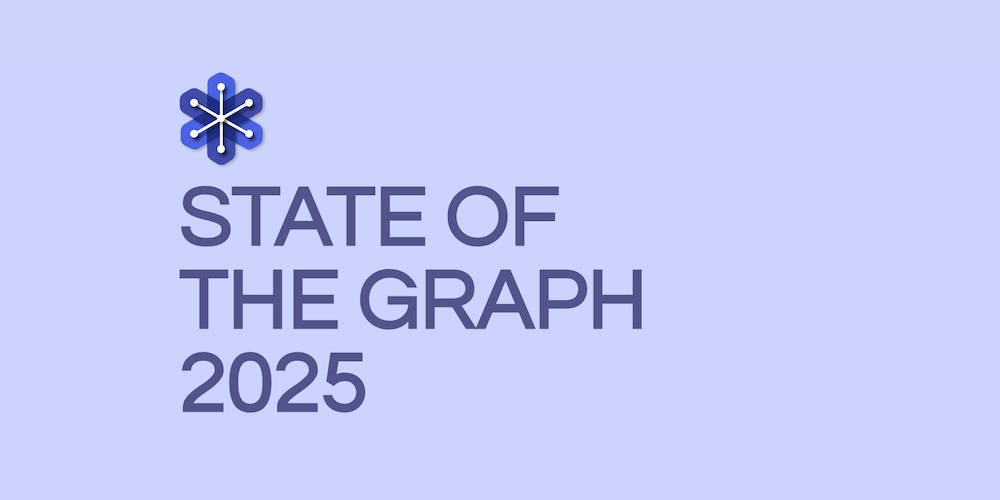
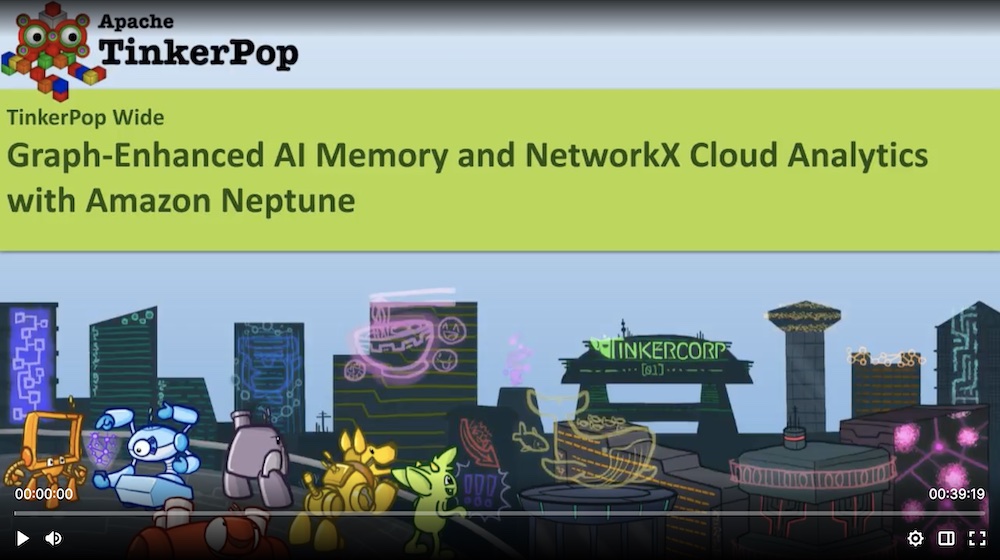
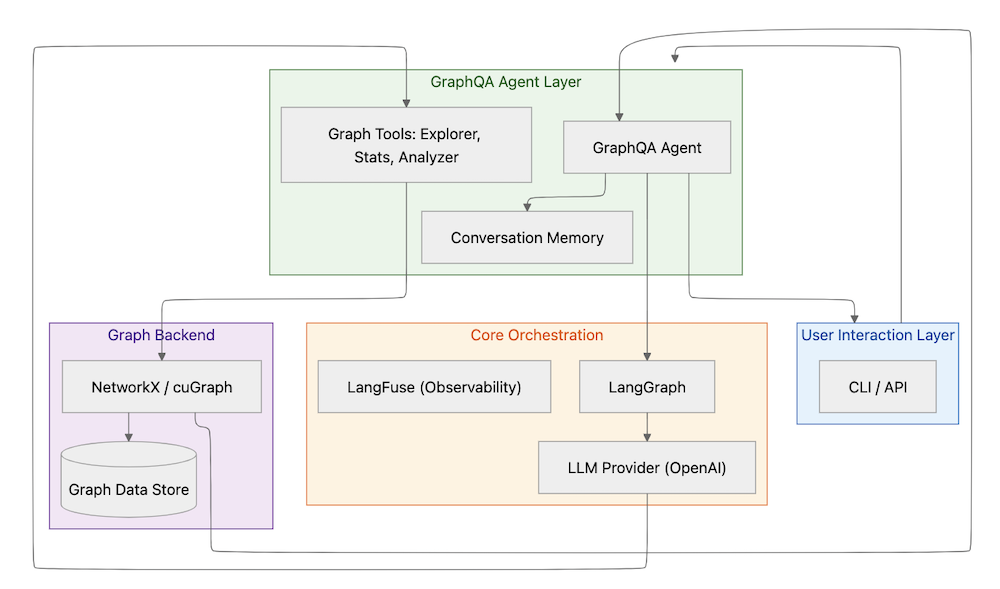
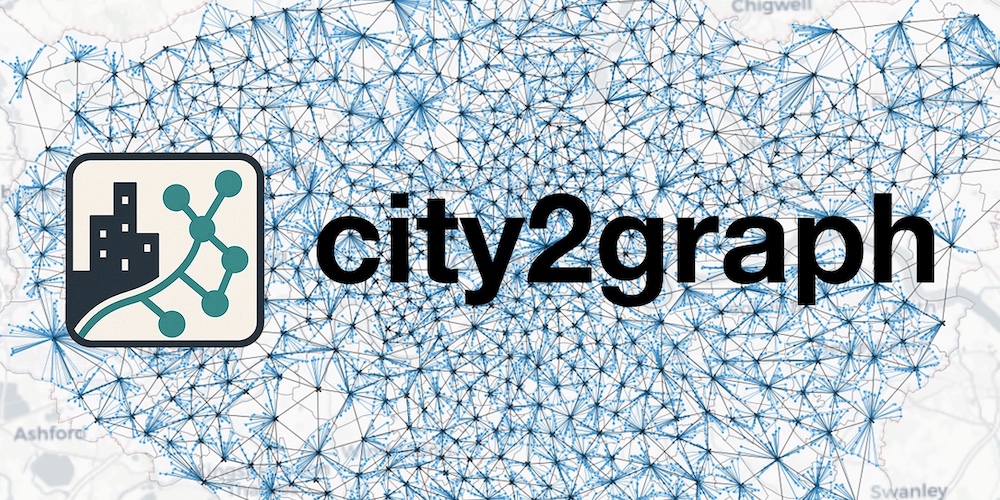
![The Weekly Edge: Linkurious Gets Acquired, CDL Wraps, Graph Benchmarks for TinkerPop & More [5 December 2025] The Weekly Edge: Linkurious Gets Acquired, CDL Wraps, Graph Benchmarks for TinkerPop & More [5 December 2025]](https://gdotv.com/wp-content/uploads/2025/12/linkurious-acquisition-connected-data-london-tinkerpop-benchmark-weekly-edge-5-december-2025.png)
![What Went Down at Connected Data London 2025 [Recap & Reflections] What Went Down at Connected Data London 2025 [Recap & Reflections]](https://gdotv.com/wp-content/uploads/2025/12/gdotv-recap-connected-data-london-conference-2025.png)
![The Weekly Edge: Baroque Org Charts, AI & Graph Visualization, Graph DB Demos & More [28 November 2025] The Weekly Edge: Baroque Org Charts, AI & Graph Visualization, Graph DB Demos & More [28 November 2025]](https://gdotv.com/wp-content/uploads/2025/11/weekly-edge-graph-visualization-28-november.png)